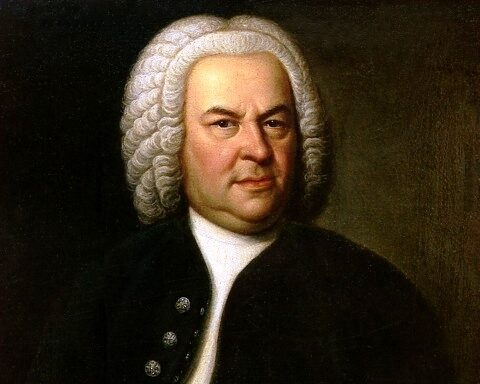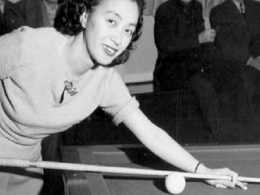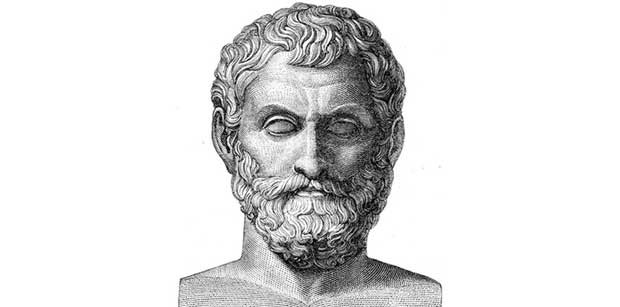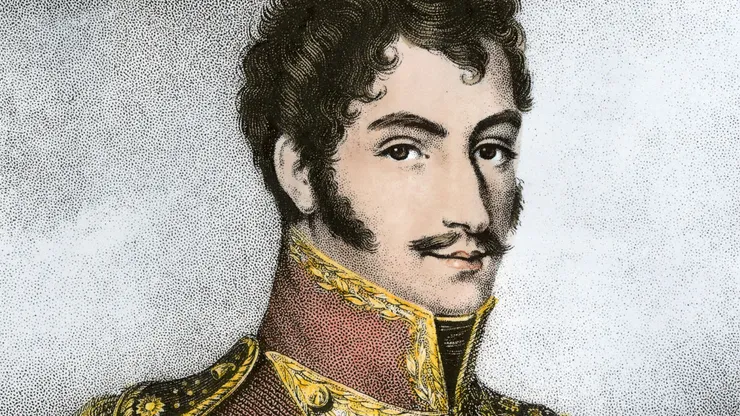- Considered one of the greatest musicians and composers in history.
- Works : Brandenburg Concertos, St. Matthew Passion, Goldberg Variations…
- Genre : Baroque music and classical music
- Instruments : Organ, violin, viola and harpsichord
- Padres : Maria Elisabetha Lämmerhirt and Johann Ambrosius Bach
- Spouses : Mary Barbara Bach (b. 1707-1720), Anna Magdalena Wilcken (b. 1721-1750)
- Children : 20
- Name : Original pronunciation
Summary
- Johann Sebastian Bach was a late Baroque German composer and organist. He is the author of many works of religious music, including music for the liturgical service, oratorios, cantatas, and motets. He also composed secular music, such as violin concertos, dance suites, and didactic works for keyboard instruments. Bach was a virtuoso organist and an expert in the design and construction of keyboard instruments. Some of his works are among the best known and most representative pieces of baroque music.
Questions and answers
Q – What instruments did Bach play?
- Violin, flute, oboe, cello, viola da gamba, organ, harpsichord…
Q – What works did Bach compose?
- Among other works, he was the author of the Brandenburg Concertos, the Mass in B minor, the St. Matthew Passion, the Art of Fugue, Musical Offering, the Goldberg Variations, the Toccata and Fugue in D minor, several cycles of cantatas ( Wachet auf, ruft uns die Stimme, BWV 140 and Herz und Mund und Tat und Leben, BWV 147), the Italian Concerto, BWV 971, the Overture in French style, BWV 831, Suites for solo cello, the Sonatas and partitas for violin Solo, Keyboard Concertos and the Suites for Orchestra
Q – How many works did Bach compose?
- The BWV catalog of Johann Sebastian Bach (Bach Werke Verzeichnis, in German) is made up of 1,080 works grouped into vocal music (1-524), instrumental music (525-1071) and canonical and speculative music (1072-1080).
“It’s easy to play any musical instrument: all you have to do is play the right key at the right time and the music will play itself.”
Johann Sebastian Bach was born on March 21, 1685, in Eisenach , Thuringia, Germany.
Family
Son of Maria Elisabetha Lämmerhirt and Johann Ambrosius Bach, a talented violinist and trumpeter. He grew up in a family that for seven generations produced 52 important musicians.
Personality
The personality of Johann Sebastian Bach is one of the most complex and enigmatic of all the great composers. Very talented, disciplined and dedicated person, a religious man and a devoted musician who is also a passionate artist and a proud man. He has been described as introverted, but also as a charming and generous person. It is generally believed that Bach was a serious man who was very dedicated to his music, but also willing to have fun and be kind to his fellow men.
Musician
He received his first musical lessons from his father. When he passed away, he went to live and study with his older brother, Johann Christoph, then organist at Ohrdruff .
His uncles were all professional musicians, from composers and chamber musicians, to organists.
During the year 1700, Bach began to practice as a member of the choir of the church of San Miguel, in Lüneburg .
Weimar, Arnstadt and Mühlhausen
In 1703, he became a violinist in the chamber orchestra of Prince Johann Ernst of Weimar , in the same year he became a church organist in Arnstadt . At the end of 1705, he obtained permission to study with Dietrich Buxtehude , a Danish organist and composer based in Germany.
Such a positive relationship was established between the two musicians that their stay in Lübeck was extended one month longer than agreed. This raised criticism from the ecclesiastical authorities, who also complained about the flourishes and harmonies with which he accompanied the congregation in their religious songs.
In 1707 he moved to Mulhose , where he worked as an organist at St. Blaise’s Church.
Return to Weimar
A year later he returned to Weimar as court organist and violinist for Duke Wilhelm Ernst . He remained there for the next seven years and became concertmaster of the court orchestra in 1714.
Compositor
In Weimar he composed some 30 cantatas, including the well-known funeral cantata Gottes Zeit ist die allerbeste Zeit (c. 1707), and also composed works for organ and harpsichord. Between 1717 and 1723 he served as Kapellmeister and director of chamber music at the court of Prince Leopold of Anhalt-Köthen . During this period he primarily wrote secular music for instrumental ensembles and solo instruments.
He composed music books for his wife and children for the study of keyboard technique and the art of music in general. These books include the Well-Tempered Clavier (I, 1712; II, 1742), the Inventions (1722-1723), and the Orgelbüchlein (Little Book for Organ, 1713-1717).
His work consists of more than a thousand pieces. Of the 202 cantatas that remained of the 295 that he composed, the Ascension Cantata and the Christmas Oratorio stand out , the latter consisting of six cantatas. The Saint John Passion and Saint Matthew Passion were also written during his stay in Leipzig, as was his Mass in B minor. Noteworthy among the keyboard works composed during this period are the famous Goldberg Variations , the second book of the Well-Tempered Clavier , and the Art of the Fugue , made up of 16 fugues and four canons, all based on the same theme.
Koethen
In 1717, Leopold, Prince of Anhalt-Köthen , hired Bach as his Kapellmeister. Most of the composer’s work during this period was secular, including orchestral suites, cello suites, solo violin sonatas and partitas, and Brandenburg concertos. In addition, he composed secular cantatas for the court, such as Die Zeit, die Tag und Jahre macht .
Leipzig
In 1723, he settled in Leipzig , the city where he lived until his death. His position as musical director and choirmaster in the church of Santo Tomás and in the ecclesiastical school did not satisfy him due to the continuous disputes with members of the municipal council.
Religion was one of his favorite subjects. He composed a piece based on each of the Bible’s gospels, as well as compositions to accompany masses and other religious themes.
Marriages and Children
In 1707 he married Maria Barbara Bach, his second cousin. The year after his wife’s death in 1720, he married Anna Magdalena Wilcken, a singer and daughter of a court musician who bore him thirteen children, in addition to the seven he had had with his previous wife. .
Death
Johann Sebastian Bach began to go blind in the last year of his life and also suffered from a heart disease that forced him to retire from music, dying in Leipzig on July 28, 1750, at the age of 65, after undergoing a failed operation. ocular. He left his influence on later musicians like Mozart , Beethoven , Mendelssohn or Chopin .
Five of his children devoted themselves to music. Others went on to become renowned composers and performers.











